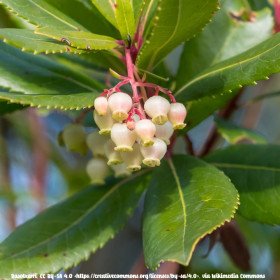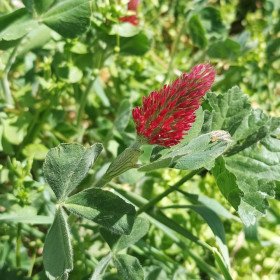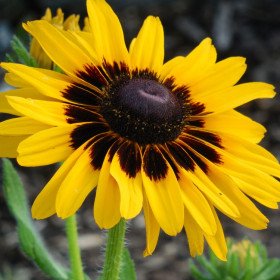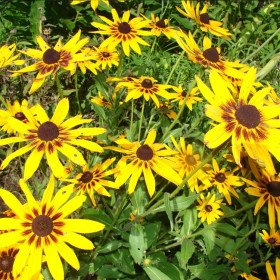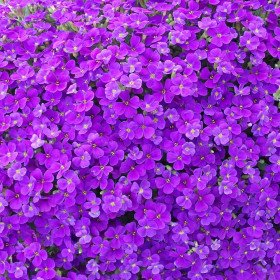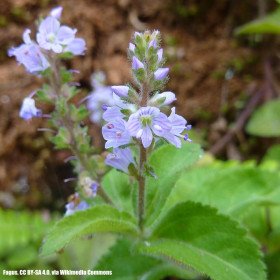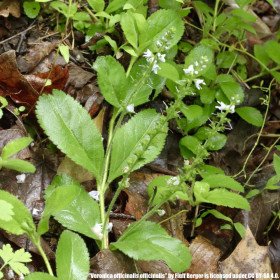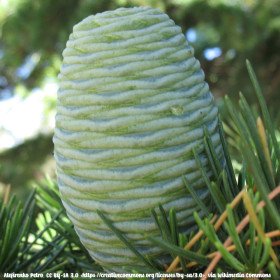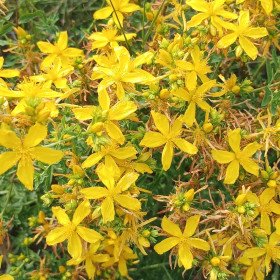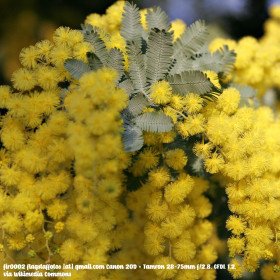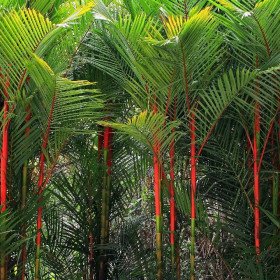10 Graines Pin noir, Pinus nigra subsp. salzmannii
10 Graines Pin noir, Pinus nigra subsp. salzmannii
- Modèle : 10 Graines Pin noir, Pinus nigra subsp. salzmannii
- Disponibilité : 10
- 1,50€
Pin noir, Pin de Salzmann, Pinus nigra subsp. salzmannii |
Pinus nigra subsp. salzmannii, communément appelé pin noir d'Autriche ou pin de Salzmann, est une sous-espèce de Pinus nigra, appartenant à la famille des Pinaceae.
10 graines
Description : Le pin noir d'Autriche est un conifère de taille moyenne à grande, pouvant atteindre jusqu'à 30 à 40 mètres de hauteur. Son écorce est sombre, de couleur gris foncé à noir, et se fissure avec l'âge. Ses aiguilles sont groupées par deux et mesurent généralement de 8 à 15 cm de long. Elles sont de couleur vert foncé et persistantes tout au long de l'année. Les cônes du pin noir d'Autriche sont de petite taille, de forme ovale, et contiennent des graines à ailes qui se disséminent au vent.
Utilisation : Le bois du pin noir d'Autriche est très prisé dans l'industrie du bois de construction, de la charpenterie, de l'ébénisterie et pour la fabrication de poteaux et de traverses de chemin de fer.
Symbolique : Le pin noir d'Autriche est souvent associé à la force, à la stabilité et à la longévité. En tant qu'espèce indigène de certaines régions d'Europe, il est également symbole de résistance face aux conditions climatiques difficiles.
Semis des graines :
- Récolte des graines : Les cônes du pin noir d'Autriche libèrent naturellement leurs graines lorsque mûrs. Vous pouvez les récolter directement des arbres ou des branches tombées.
- Préparation des graines : Laissez les graines sécher complètement et stockez-les dans un endroit frais et sec jusqu'au moment du semis.
- Préparation du sol : Choisissez un sol bien drainé et sablonneux. Le pin noir d'Autriche préfère les sols acides.
- Semis : Plantez les graines directement dans le sol au printemps ou à l'automne. Enterrez-les légèrement sous une fine couche de terre.
- Arrosage : Maintenez le sol humide, mais évitez de le détrempé.
- Germination : Les graines de pin noir d'Autriche peuvent mettre de quelques semaines à quelques mois pour germer. Soyez patient, car elles peuvent avoir des périodes de dormance.
- Transplantation : Lorsque les jeunes plants ont atteint une taille suffisante, vous pouvez les transplanter dans des endroits définitifs ou des pots pour leur permettre de se développer pleinement.
Le pin noir d'Autriche est un arbre résistant et adaptable, qui peut être un ajout précieux à un jardin ou un espace vert. Sa beauté naturelle et sa croissance majestueuse en font une espèce appréciée par les amateurs de paysagisme et de jardinage.
Etiquettes : noir, salzmann, pinus, nigra, subsp, salzmannii, GRAINES DE FLEURS & ARBRES Pin noir, Pin de Salzmann, Pinus nigra subsp. salzmannii, Arbres & Bonsaï Pin noir, Pin de Salzmann, Pinus nigra subsp. salzmannii, Pin noir, Pin de Salzmann, Pinus nigra subsp. salzmannii GRAINES DE FLEURS & ARBRES, Pin noir, Pin de Salzmann, Pinus nigra subsp. salzmannii Arbres & Bonsaï





